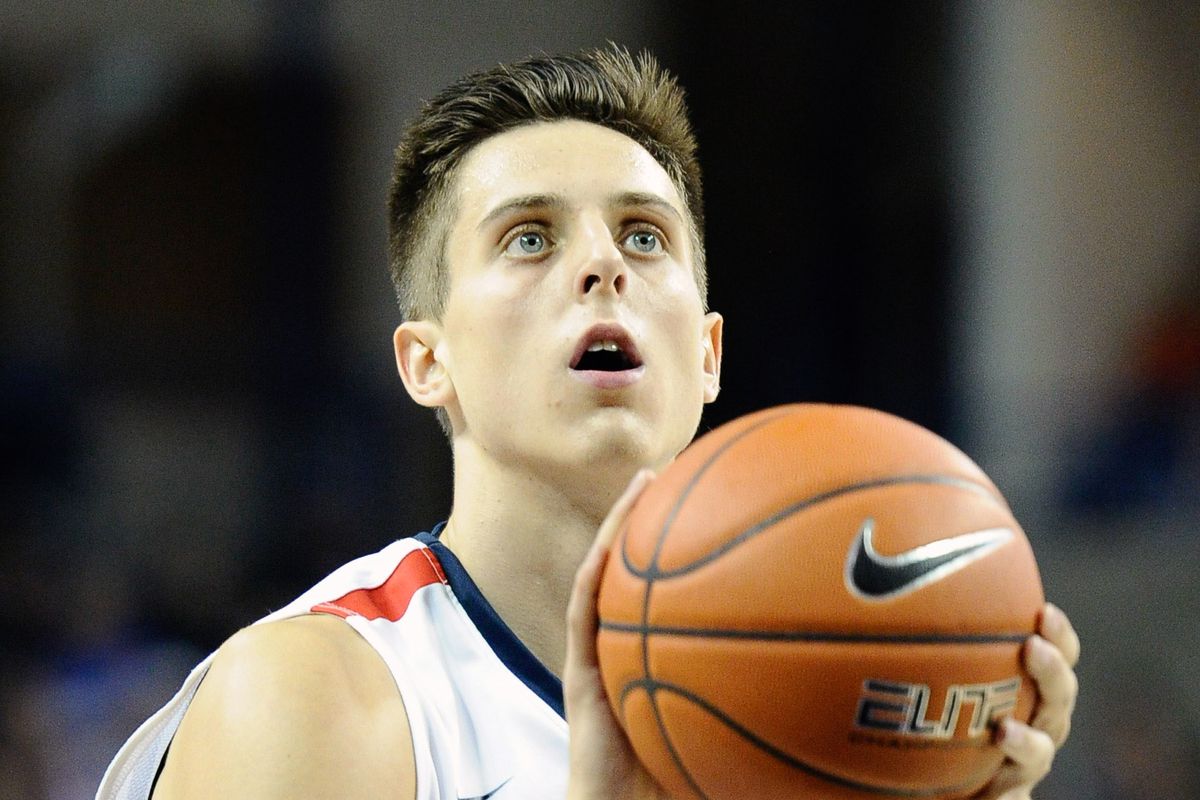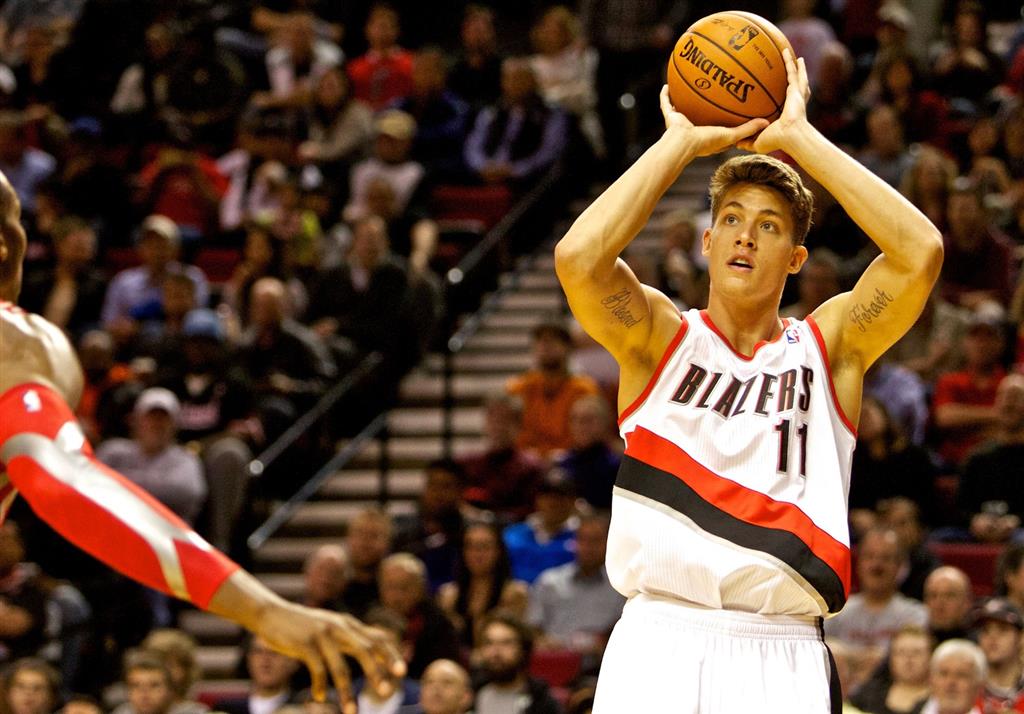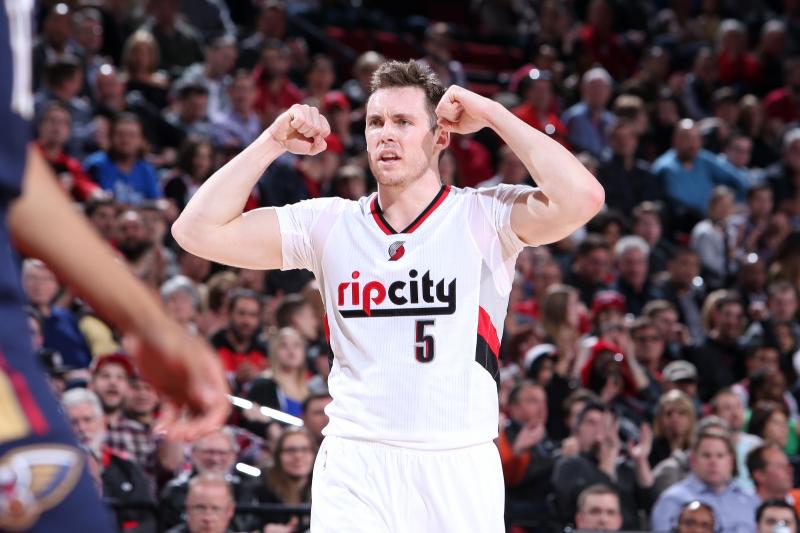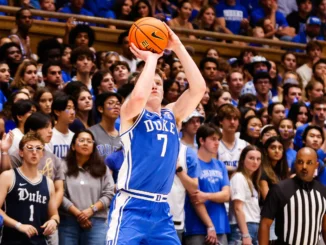
Back in 2011, Brad Pitt starred in a baseball movie all about numbers. That movie, Moneyball, introduced the casual sports fan to the world of “analytics”. Since then, analytics have taken off and become much more mainstream.
The word, analytics, is defined as the systematic computational analysis of data or statistics. Try your bethard bonus code right now and take advantage of your analysis capabilities.
Teams in all of the major sports have embraced analytics as one of the main ways that they build their teams.
In football, the Cleveland Browns hired Paul DePodesta as their Chief Strategy Officer. DePodesta was the character in Moneyball played by Jonah Hill. DePodesta comes from the baseball world and brought his analytical approach to the football franchise that just had one of the best drafts in recent history.
In baseball every team has a full-blown analytical department that studies stats and patterns full time. Baseball analytics and sabermetrics are being taught at universities around the country.
And in basketball, there are entire websites dedicated to basketball stats and analytics. On top of that, the Memphis Grizzlies made a move in 2012 to hire John Hollinger to their front office to be their Vice President of Basketball Operations. Hollinger developed a lot of advanced stats during his time at ESPN, and even before when he wrote for OregonLive. He developed the Player Efficiency Rating (PER) which I will cover a little bit later in this article.
As you can see, the sports world is pretty addicted to numbers. Some old school fans get sick of the abundance of number and stats that are available and shown to prove the worth of certain players. Front Offices, on the other hand, have completely embraced the analytics of each of their respective sports.
Where do the Portland Trail Blazers fit into this analytics conversation?
Neil Olshey and the Blazers’ front office have fully embraced the analytics and advanced stats of basketball. Two separate things have shown me that.
- Just the way that Olshey talks in media obligations. Last year he said that their projections were that the Blazers were a 54 win team with Al-Farouq Aminu at the power forward position. He also uses a lot of words like “projection”, “the numbers guys”, “efficiency”. Those are analytical buzz words.
- Their 2017 NBA Draft. The Blazers are the absolute winners of the All-Analytical Draft. Let’s explore that a little further with each of the new Blazers.
Pick Number 10 – PF/C Zach Collins
The Trail Blazers struck a deal with the Sacramento Kings to send their 15th and 20th overall picks to Sacramento for the 10th pick. With that 10th pick, the Blazers selected the Freshman from Gonzaga, Zach Collins.
On paper, Collins is a 7’ 230 lbs. big guy that can stretch the floor. A lot of fans went straight to comparing him to Meyers Leonard and other disappointing, tall white guys. This is something that fans tend to do; overreact.
When you look at the number a bit more, Collins is exactly what the Blazers need.
Darryl Howerton of Hoop.NBA.com wrote a great piece ranking draft prospects using a pretty advanced set of statistics. To read more on how he came to his rankings.
“Collins is the best all-around player in the draft, with an elite defensive skill set that makes him both a quality rim protector (4.1 blocks per 40 minutes) as well as a nimble pick-and-roll defender, boasting an individual 79.4 defensive rating (team points allowed per 100 possessions while on-court) at Gonzaga as a freshman. His per-40 points and rebound averages (23.2 and 13.6) forecast offensive production, but it is Collins’ efficiency that has smart GMs swooning over his potential (.703 true shooting percentage, which includes 10-of-21 makes on his occasional three-point shot attempts). It is tough to find fault with a defensive anchor that makes 74 percent of his free throws, 67 percent of his two-point attempts and 48 percent of his college three-pointers.”
That’s a lot to take in, and it all starts with the bold claim that “Collins is the best all-around player in the draft.”
What follows after that, just shows why a team that loves analytics would love Collins.
For college basketball, stats are calculated by Per-40 minutes. This is to tell you how a player’s numbers would be, had they played 40 minutes per game. Now it’s unrealistic that someone would play every minute of the game, but it shows a more accurate depiction on how a player impacted the game no matter whether they played 10 or 35 minutes.
Collins was a beast as a per-40 player. Collins per-40 stats as a freshman at Gonzaga are as follows.
| Points | Rebounds | Assists | Steals | Blocks |
| 23.2 | 13.6 | 1.0 | 1.1 | 4.1 |
Those numbers show that Collins was one of the most productive players in the nation last season, as a freshman. The picture of who the Blazers drafted gets even better when you look at his shooting numbers!
| FG% | 2ptFG% | 3ptFG% | FT% | TrueShooting% |
| .652 | .672 | .476 | .743 | .703 |
True shooting percentage is something that a lot of fans are unfamiliar with. Basketball Reference defines it as “True Shooting Percentage; the formula is PTS / (2 * TSA). True shooting percentage is a measure of shooting efficiency that takes into account field goals, 3-point field goals, and free throws.”
To show how impressive Collins’ true shooting percentage was, below is the Top 5 in TS% in the NBA.
- Rudy Gobert (Utah) – .682
- DeAndre Jordan (LAC) – .673
- Kevin Durant (GSW) – .651
- Nikola Jokic (DEN) – .640
- Clint Capela (HOU) – .638
That list, with the exception of Durant and Jokic, are all big guys that make a living on put-backs and high percentage shots underneath. Collins does that as well, but has a good midrange game and shoots 47% from 3. Collins’ shooting numbers are incredibly impressive. His true shooting percentage was good enough for 4th in the nation, only behind 3 big guys from mid-majors that will never sniff the NBA.
While these number are really good and should mean good things in the future, it is still hard to predict how a 19 year-old will translate his game into the NBA. Olshey and company saw enough potential and upside in Collins’ numbers.
If Collins can continue to develop his skill sets, he will be a game changer in the NBA.
Pick Number 26 – PF/C Caleb Swanigan
The time between the Collins pick, and the 26th pick felt like an eternity. The Twitter chatter seemed to surround one guy, Jordan Bell. Blazer fans wanted the team to bring in the Oregon Ducks’ big man that had worked out with the team in the previous days.
When the team chose to select Caleb Swanigan from Purdue with the 26th pick, the let down in the Blazer fan base was palpable. However it didn’t last long.
Soon after the pick, the national media praised the pick and the character of Swanigan. Then articles started to swirl about the background of where Swanigan comes from. It has been well covered, but Swanigan grew up bouncing between homeless shelters before he was adopted before 8th grade. In 8th grade, Swanigan was 6’2” and 360 pounds. Since then, his love of basketball and his adoptive father have reshaped his body, life, and game.
It is a great story, but can he play basketball? Short answer is yes!
Swanigan, who was selected as the Big Ten Player of the Year in 2017, played two seasons at Purdue and improved in every aspect of the game.
As a sophomore in 2016-2017 Swanigan was the only player in the nation with a PER (player efficiency rating) of 25+, a 20% rebound rate, and a 15% assist rate. That means that Swanigan was a very efficient player offensively, rebounded more than 20% of the available rebounds when he was on the floor, and assisted on more than 15% of his teammates’ field goals while he was on the floor. That is being involved in absolutely every aspect of the offensive game.
Where Swanigan stands out is as a rebounder. He is a true elite rebounder. When drafting late in the first round you are looking for traits, and Swanigan’s ability to rebound may have been the main reason he was drafted in the first round, rather than sliding to the second.
His incredible sophomore year at Purdue was truly highlighted by his rebounding.
| Def Reb | Off Reb | Tot Reb | Reb % | Reb Per Game |
| 340 | 96 | 436 | 22.5% | 12.5 |
Swanigan’s 436 total rebounds in the 2016-2017 season were the most in the Big 10 since 1985-1986. That includes impressive seasons by Draymond Green, Jared Sullinger, Chris Webber, and Glenn Robinson. That’s some incredible company for the rookie.
Fortunately for Blazer fans, Swanigan brings a lot more to the table than rebounding. His Per-40 stats are as impressive as Collins’ were last season.
| Points | Rebounds | Assists | Steals | Blocks |
| 22.7 | 15.3 | 3.7 | 0.5 | 1.0 |
While Swanigan still has a lot of room to improve on the defensive side of the court, he is a pretty well-rounded offensive basketball player. He was the driving force behind the 27-8 Boilermakers that won the Big 10 and finished ranked Number 15 in the nation.
When you look at Swanigan’s body and you watch some of his more bruising highlights, you miss out on just how skilled Swanigan is as a basketball player. His shooting numbers don’t happen by accident, they happen with countless hours in the gym.
His sophomore season shooting numbers looked more like a shooting guard than a big guy.
| FG% | 2ptFG% | 3ptFG% | FT% | TrueShooting% |
| .527 | .548 | .447 | .781 | .620 |
What sticks out from those numbers is Swanigan’s ability to shoot free throws. Blazer fans have seen bigs like Mason Plumlee and Ed Davis struggle from the charity stripe, and it will be quite refreshing to have a big that can shoot close to 80% from the line.
Swanigan’s 78% from the free throw line would have been behind only Damian Lillard, CJ McCollum, Meyers Leonard, Allen Crabbe, and Evan Turner on the Blazers. Those “cheap” points are important. Like Bill Schonely always says, “You’ve got to make your free throws”.
That same article that I referenced above with Collins ranked Swanigan as the #10 prospect in the draft class.
Howerton said about Swanigan, “He can post-seal and space-shoot with the best of them out there. He works. He improves. He plays D. You’ve got to like that.”
————————————–
While everyone looks at and analyzes the draft differently, the numbers don’t lie. The Blazers brought in two highly productive players that have efficient and well-rounded games. If each of these young guys (Collins is 19, and Swanigan is 20) continue to grow and improve, the sky is the limit for each of these big men.
With a roster that is currently overloaded with depth, the Blazers are going to need to make some decisions, but having the luxury of drafting two highly talented big guys might just make those decisions easier and the future a little brighter for the Portland Trail Blazers.





Great stuff. Hopefully the Blazers will use Collins and Swanigan well- these guys have huge upsides.
I agree. After the dust of free agency settles, I am going to do a write up on the way that the rotation could play out. That will be huge for these rookies.
Have you written that article yet? If you did, I missed it and would like to read it.
Currently working on it. The Allen Crabbe trade and all of the Melo-Houston-3 team deal stuff is delaying it a bit. I would suspect it will be publish in the next couple weeks.
It may prove to be difficult keeping these two off the floor . . . I hope so.
There is going to be a learning curve for both of them. But, both have NBA ready skillsets. Collins can be a little over aggressive and will find himself in foul trouble, but that is typical for rookies. Swanigan will have to work on his footwork on defense to stay in front of NBA power forwards. But once they get those couple things, I agree, these two will demand playing time.
Enlightening – and fascinating.